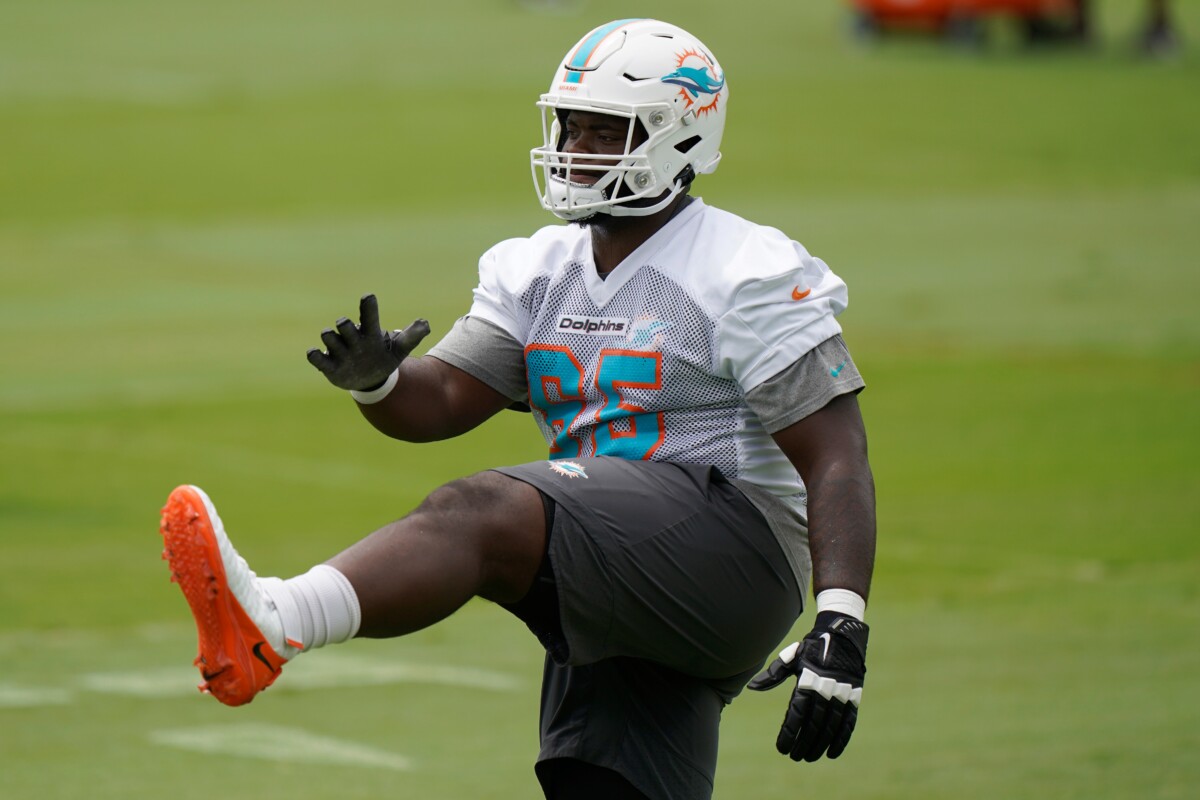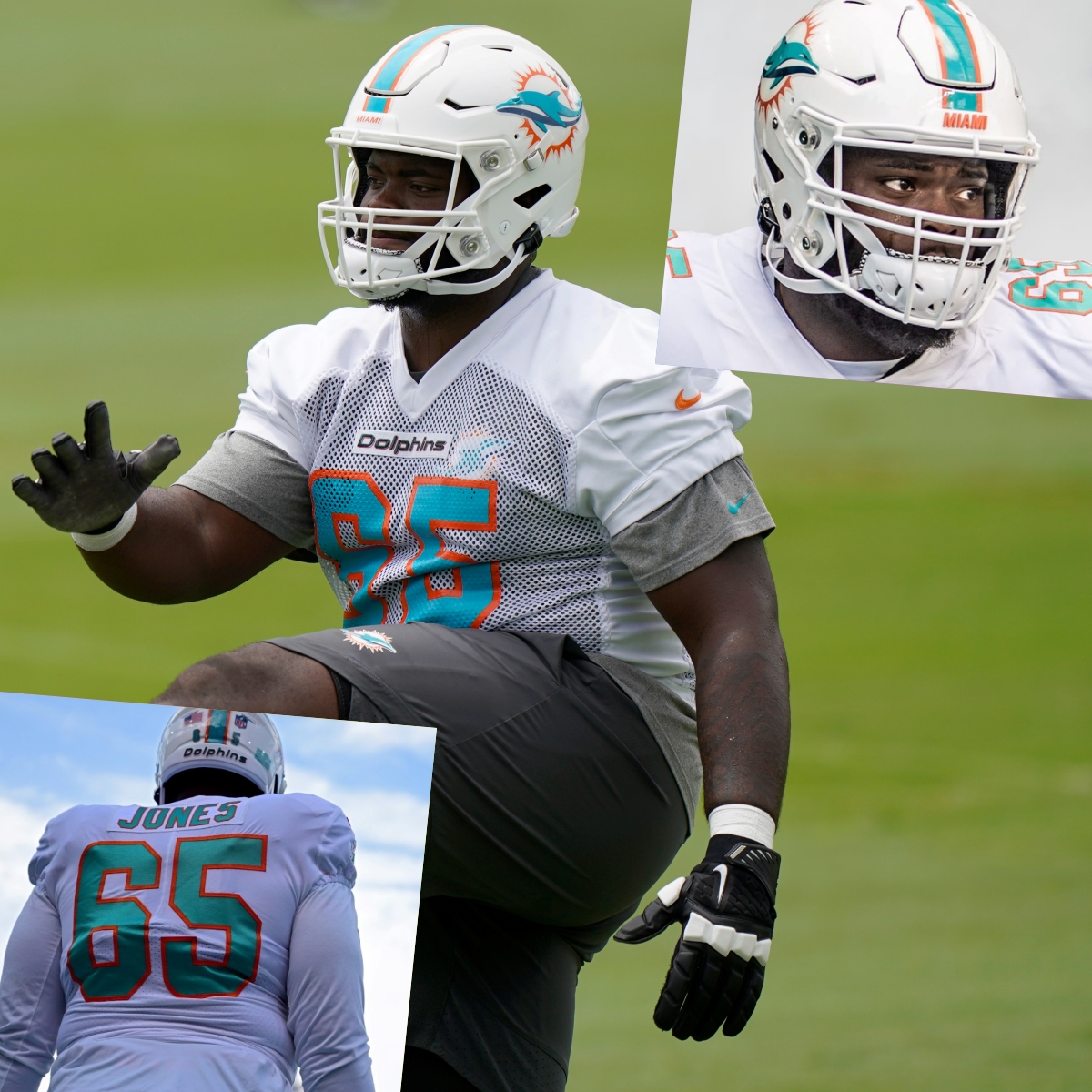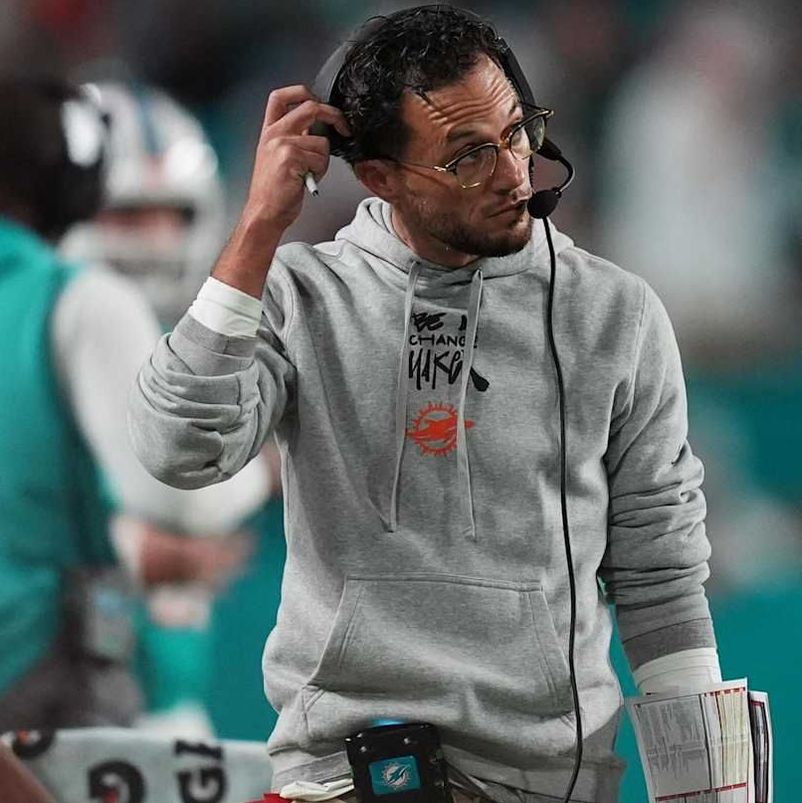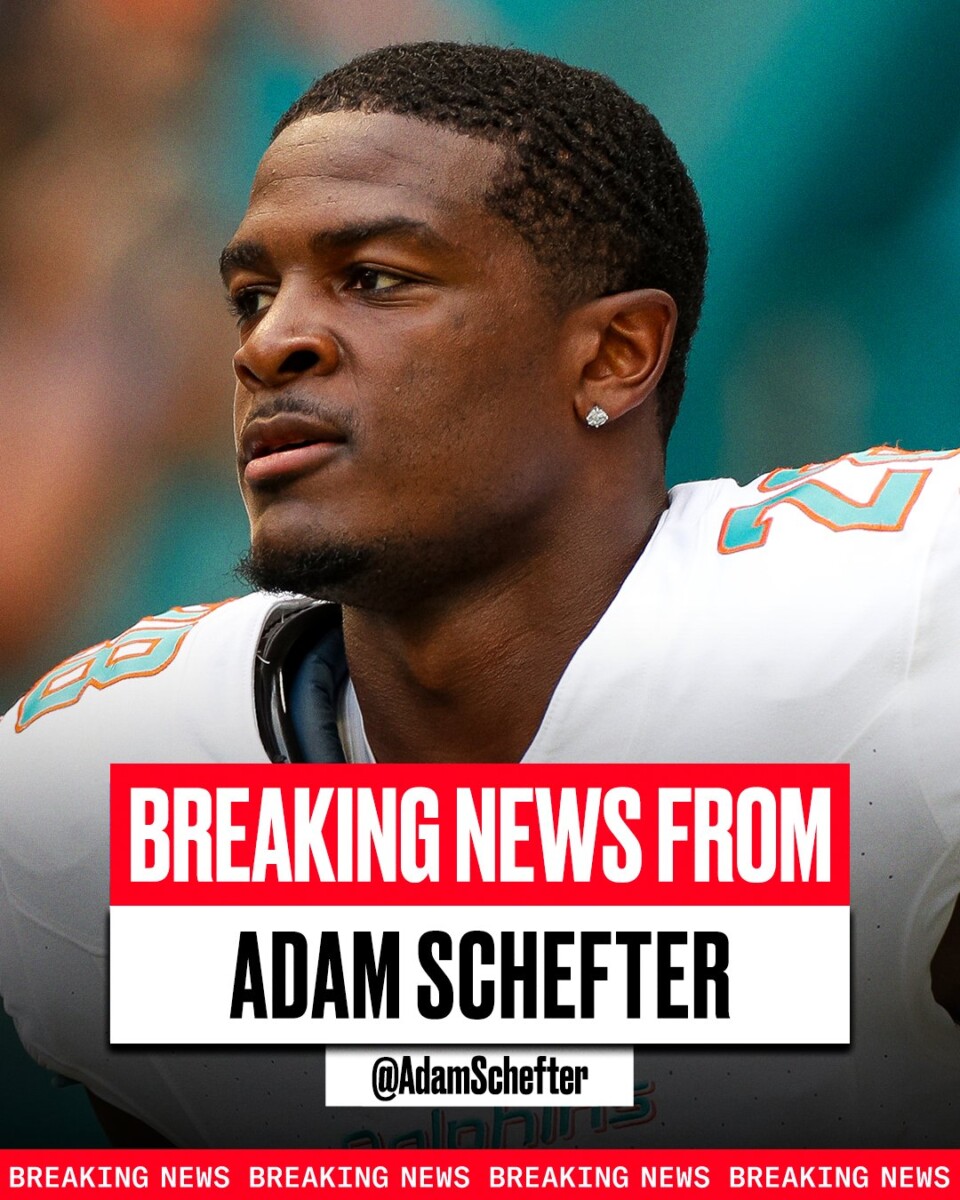
In the grand chess game of the NFL offseason, the Miami Dolphins are making strategic moves to solidify their battlefront where games are often won or lost: the offensive line. The franchise, keen on improving the protection for its quarterback and enhancing its running game, is understandably focusing on fortifying its ranks up front.
This tactic is crucial for a team eyeing the playoffs and beyond in the upcoming season. Let’s delve into what the Dolphins have been up to and how they’re shaping their line for the grueling challenges ahead.
Central to the Dolphins’ efforts is the decision to re-sign Robert Jones, a testament to their belief in continuity and versatile talent within the trenches. Jones, who has proven himself adaptable across various positions on the line, is back on a one-year deal worth $2 million. This contractual commitment reflects the team’s valuation of Jones not just as a player but as a crucial piece of their offensive puzzle.
Diving into the specifics of Jones’ contract, it’s more than just the headline number that catches the eye. Packed with various bonuses, the agreement is structured to have a $1.84 million cap hit for the 2024 season. Financial intricacies like these are pivotal in the meticulously managed salary cap environment of the NFL, highlighting how the Dolphins are planning not just for the immediate season but with an eye on the strategic financial planning for the future as well.
Consideration of Jones’ place on the roster reveals another layer of strategic depth. With minimal cap savings to be gained from his release, it’s highly likely Jones will don the Dolphins’ colors come the season’s start. This situation underscores the team’s intention to get the best out of their investment, recognizing Jones’ intrinsic value to the squad beyond mere numbers.
The battle for guard positions promises to be a fierce contest. Alongside Jones, the Dolphins have Connor Wynn, Lester Cotton, Liam Eichenberg, Jack Driscoll, and Robert Hines vying for supremacy.
This competition underlines the team’s approach to foster a competitive environment, where the best will rise to protect their quarterback. Amid this talented roster, Jones’ extensive NFL experience and versatility stand out.
His ability to adapt and excel in multiple roles across the offensive line gives him a considerable edge and adds a layer of strategic flexibility for the team.
Jones brings to the table not just the capability to operate in different positions but the most substantial NFL experience at the guard spot among his peers. This factor can be pivotal in high-pressure situations where familiarity and proficiency can make the difference between a successful play and a missed opportunity. His versatility likewise allows the coaching staff more creativity in game planning, knowing they have a player who can slot in effectively across several positions if required.
In summation, the Miami Dolphins’ offseason moves, particularly the retention of Robert Jones, signal a measured approach to building a competitive and versatile offensive line. In the rugged battlegrounds of the NFL, versatility, experience, and strategic foresight often tip the scales in favor of the prepared. The Dolphins, with their eyes firmly set on a successful season, appear to be aligning their chess pieces with thoughtful precision on the offensive front.




